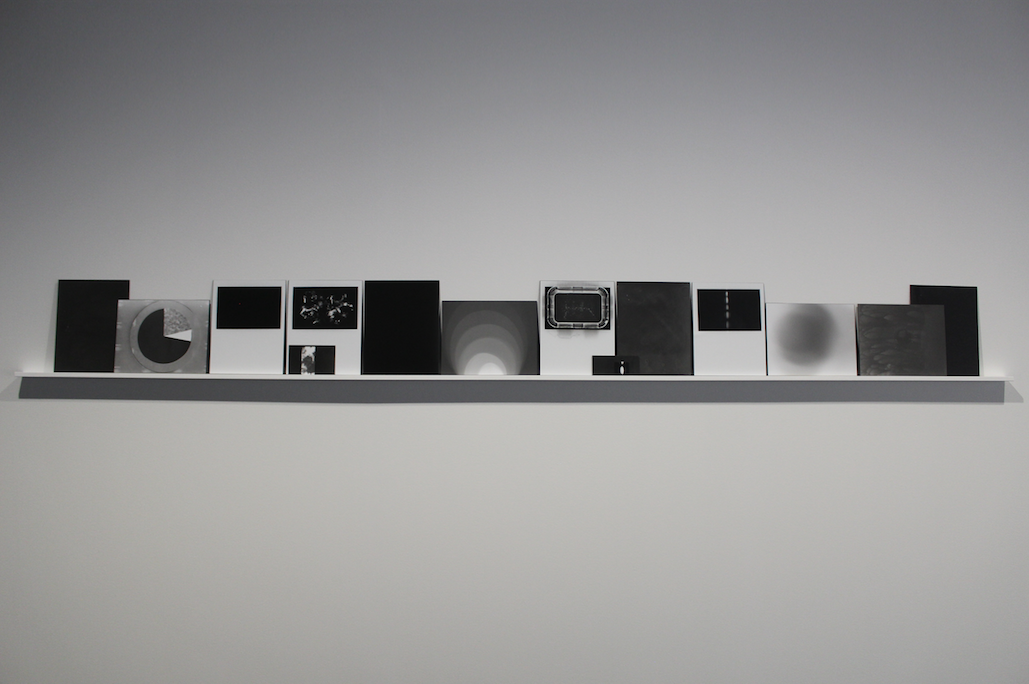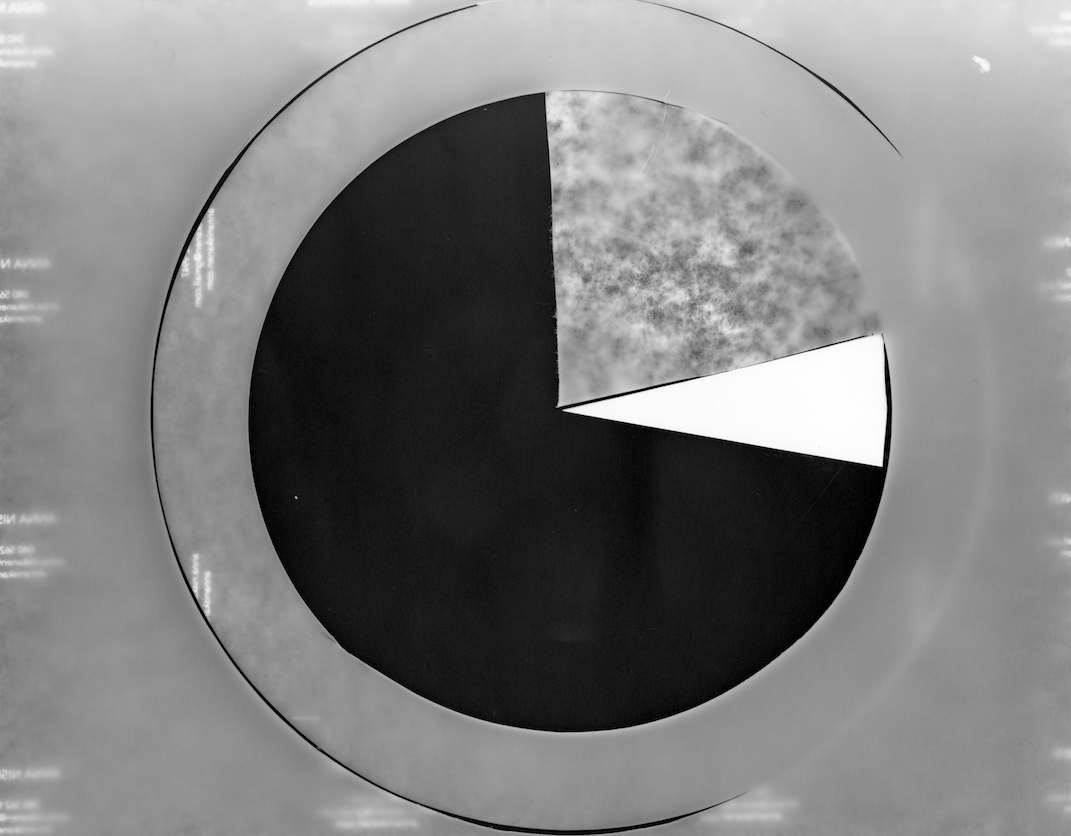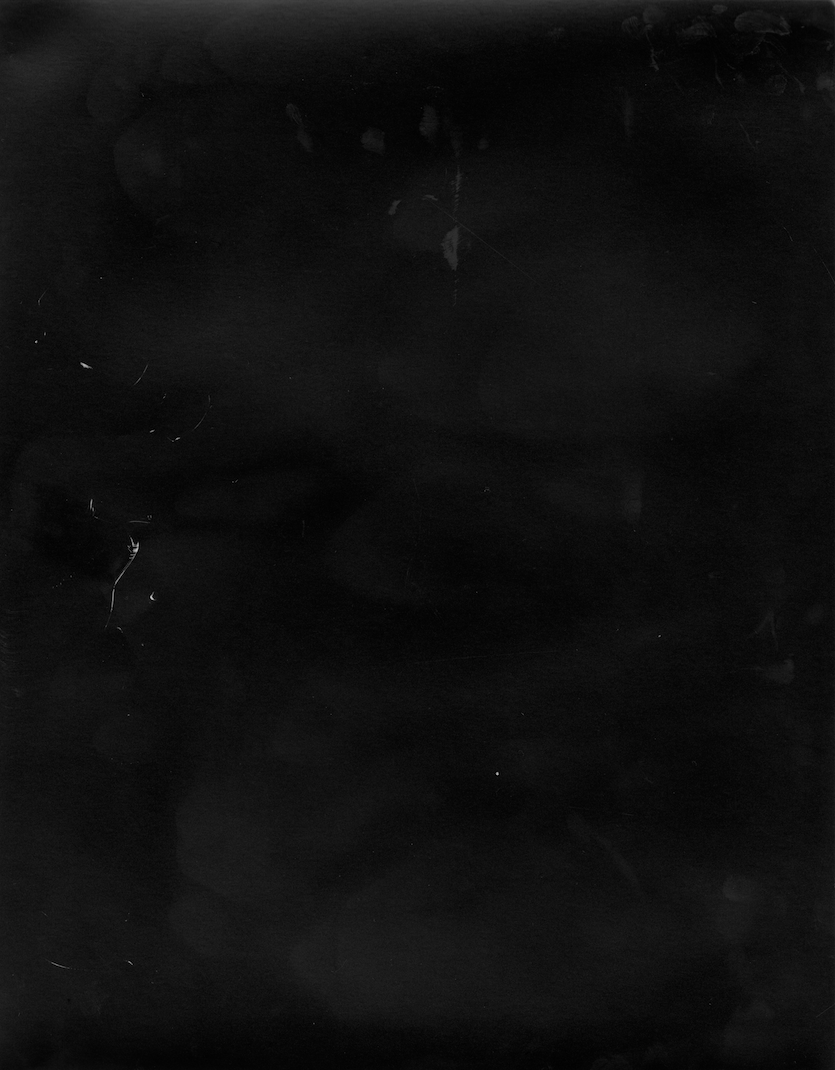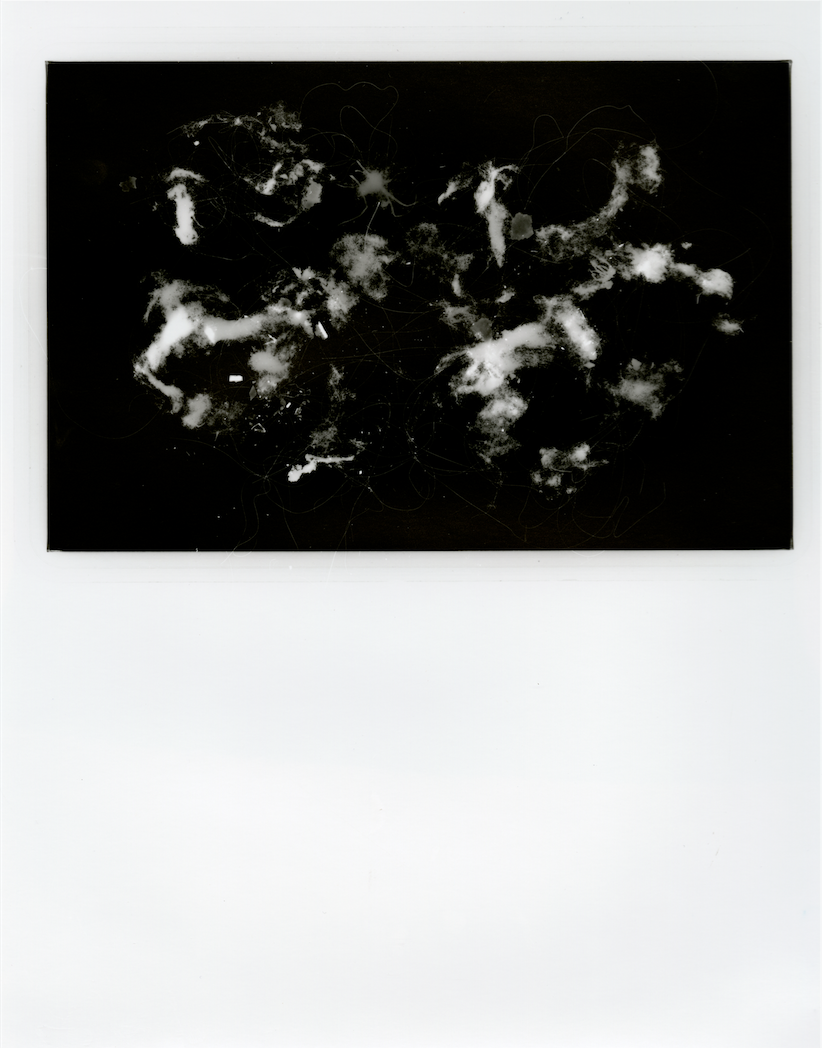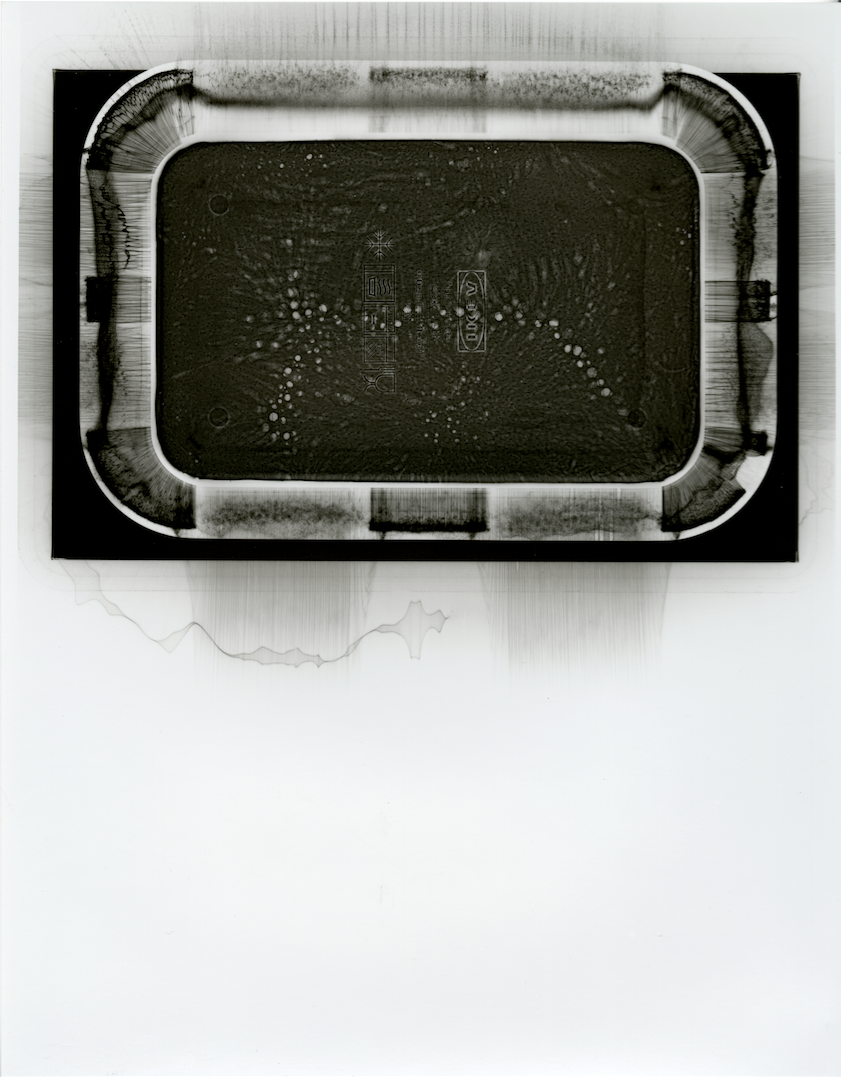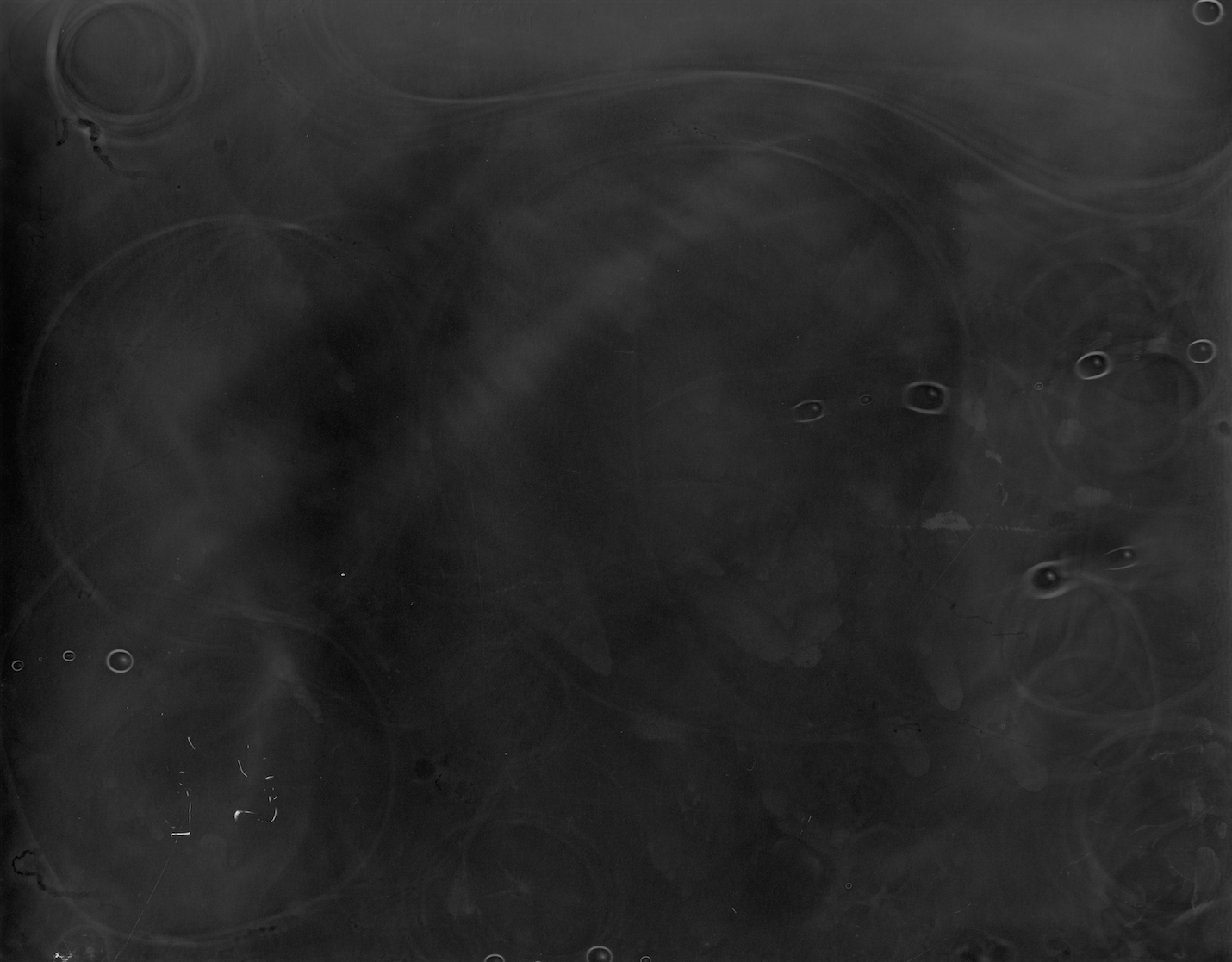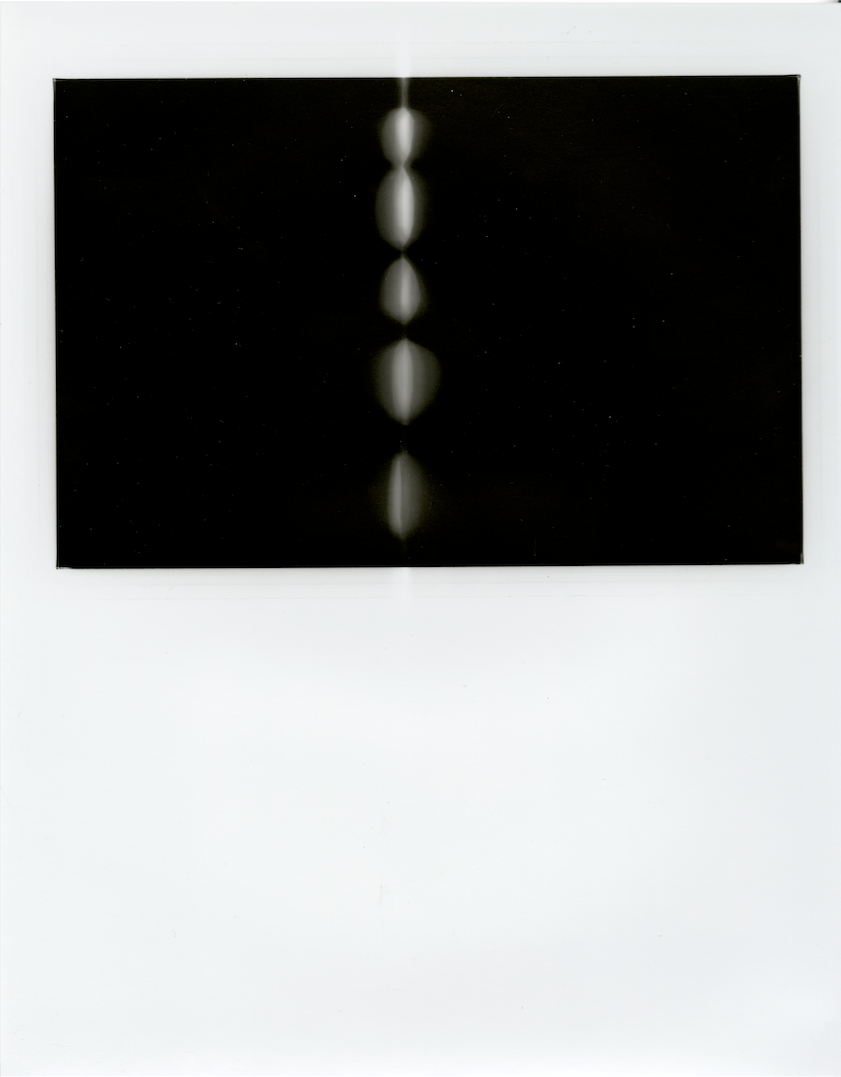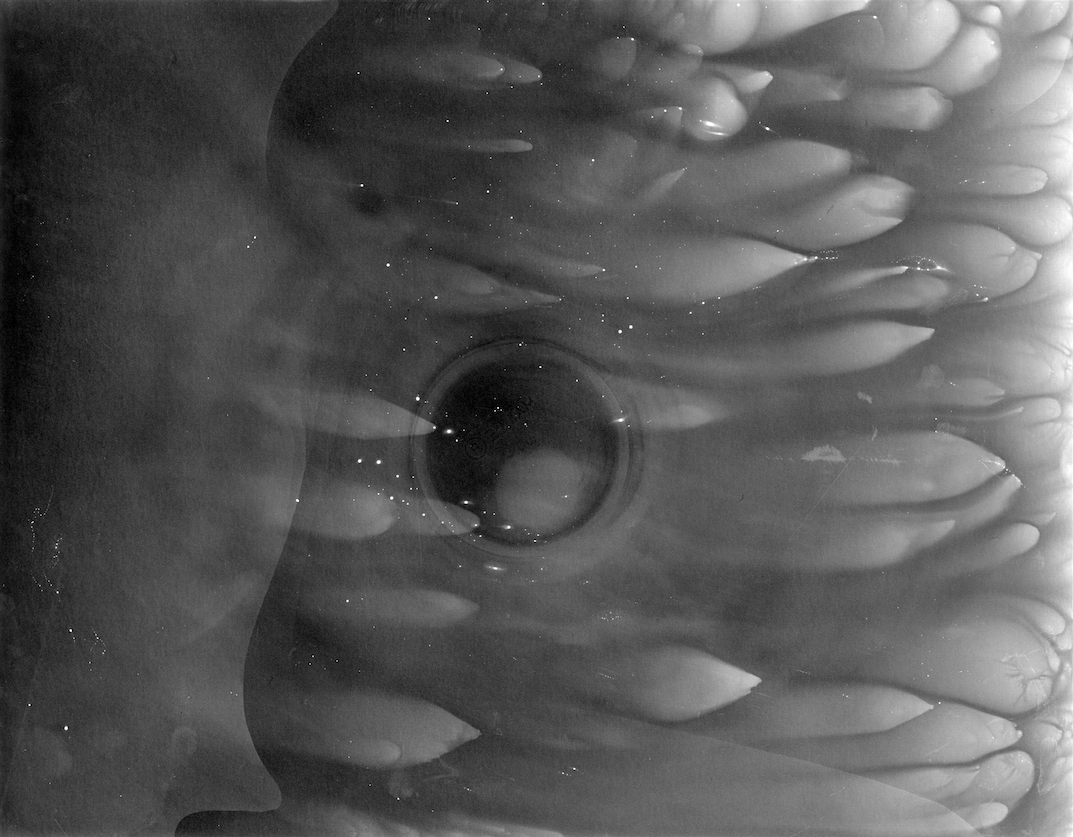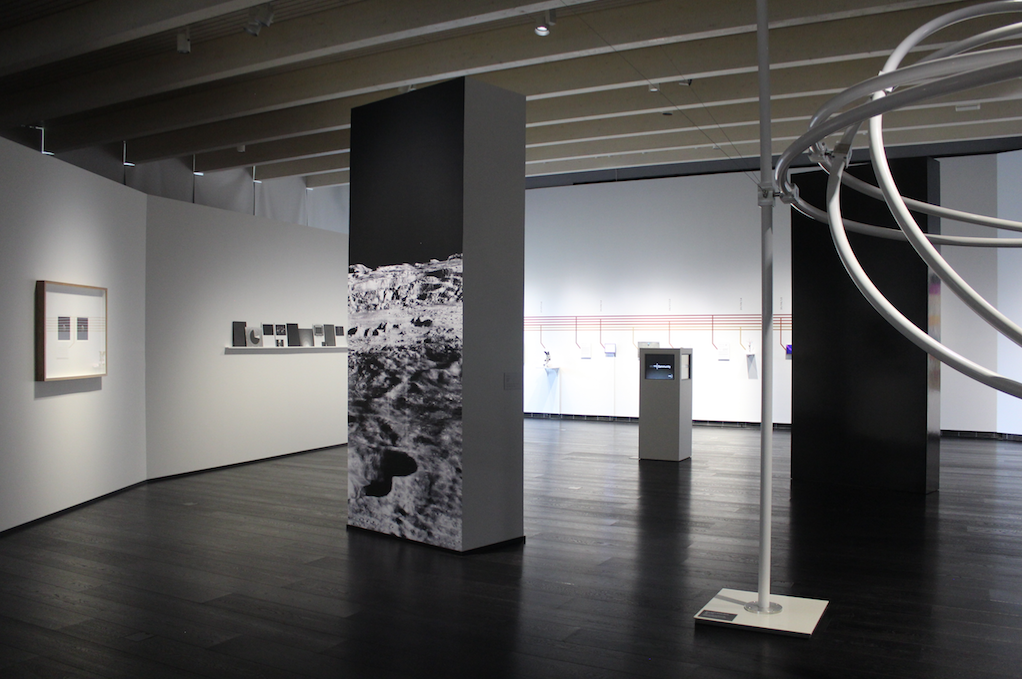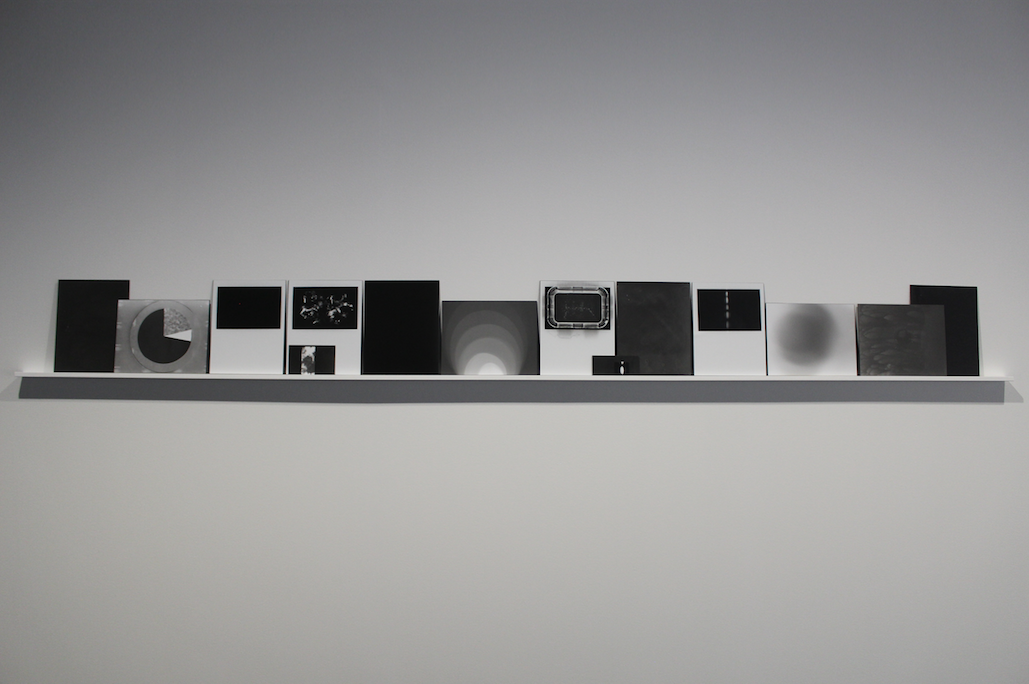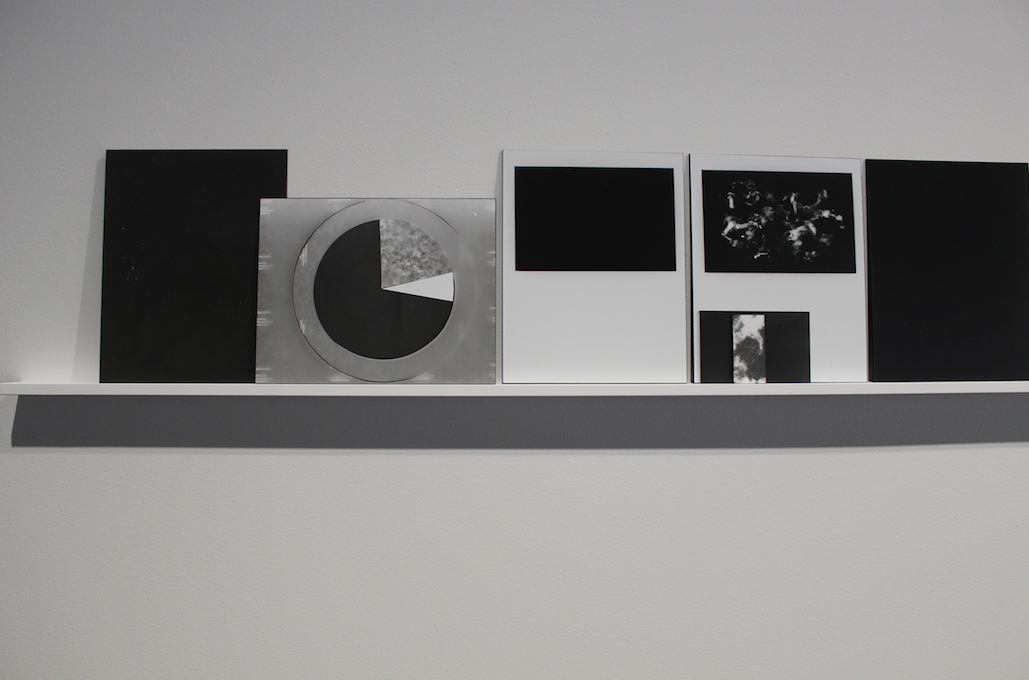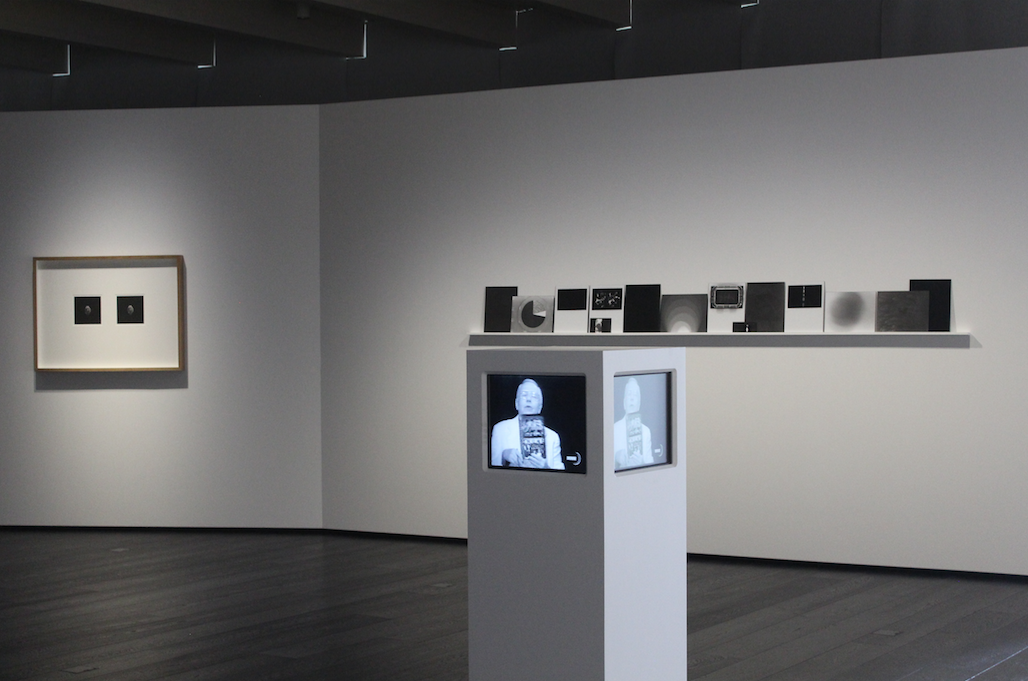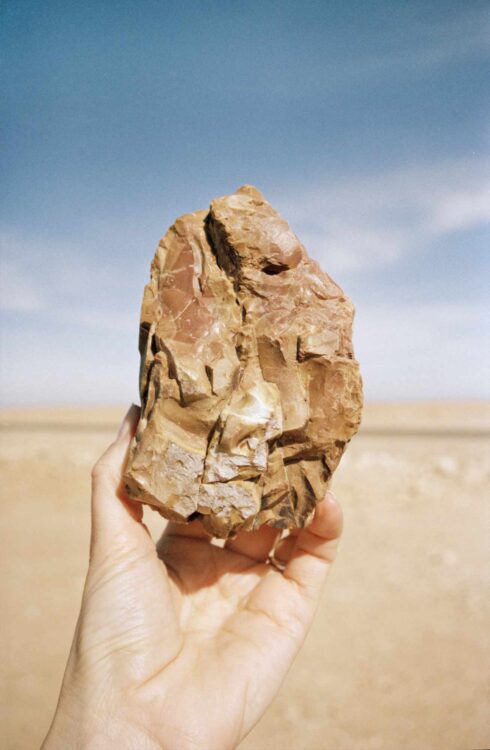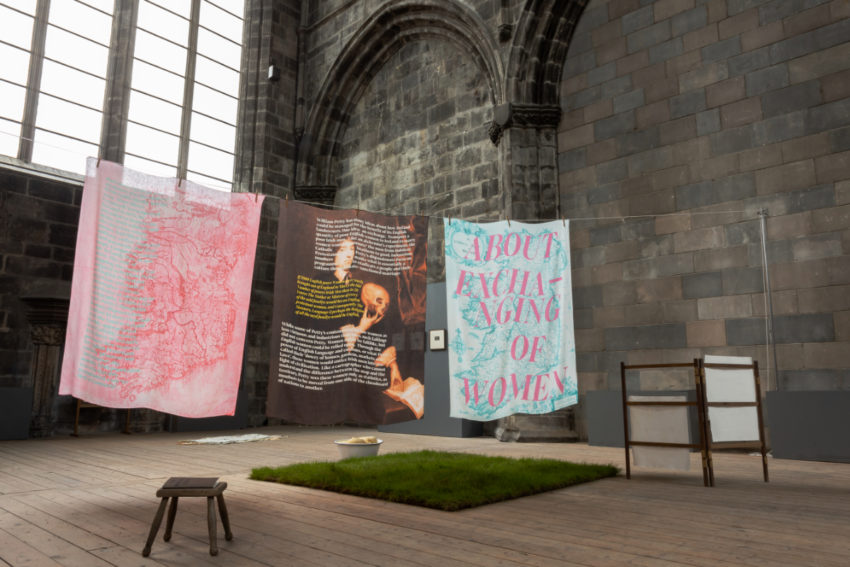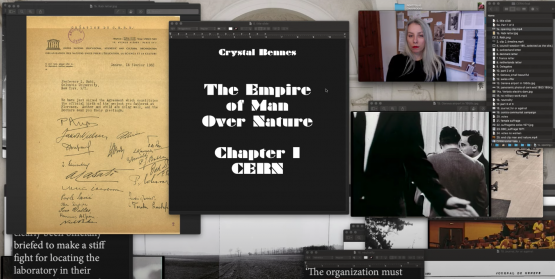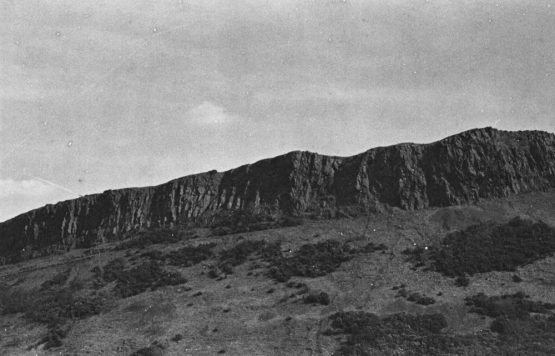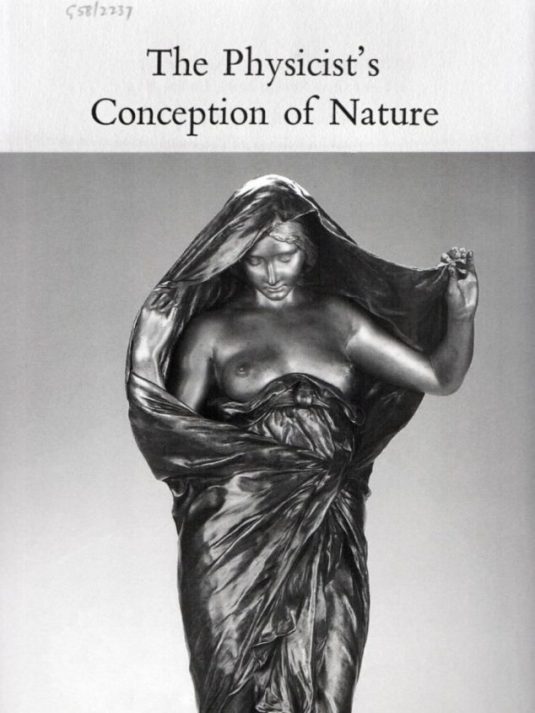According to the standard model of cosmology, dark matter constitutes 84.5% of the mass of the universe. Its corollary, dark energy, has been theorised as responsible for the observed acceleration of the expansion of the universe. Yet neither of these vital components of the universe – and our theories of it – have ever been observed directly. Instead, they are currently only detectable through secondary, rather than first-hand, effects (for example, through the phenomenon of gravitational lensing).
Many artistic engagements with the universe are chiefly concerned with aesthetics. But for A Field Guide to Dark Matter and Dark Energy, I wanted to focus on process. I sought to develop an analogy between the analogue photographic process and the process of indirect observation carried out by today’s cosmologists.
For example, one of the effects of gravitational lensing is known as an Einstein ring – where the light from a source object (a star or galaxy) is deformed into a ring by the presence of an extremely large mass (another galaxy or a black hole) which functions as a lens. This occurs when the source, lens, and observer are all aligned. To reconstruct this effect in the darkroom, I set up a simple system with photographic paper as the observer, a lens, and a light source. Even though I was seeking to recreate the observational process, the outcome of my simple system does in fact look remarkably like an Einstein Ring.
Elsewhere, the series seeks to address our understanding of the expansion of the universe. A commonly used analogy among scientists is that of a rubber sheet. The sheet expands as it is stretched, even though the total amount of rubber remains the same. In the darkroom, I created a secondary analogy of this analogy: as I made the photographic exposure, I blew up a balloon in five second intervals so that the shadow cast itself over the paper. What you see on the final print looks a bit like ripples expanding out over water, but is the shadow of the rubber balloon universe expanding across the paper.
A Field Guide to Dark Matter and Dark Energy extends my long-running interest in perception – the ways in which we see and make sense of the world around us. Like any analogies – in science or the arts – there are moments of proximity, where the translation from one language to another is comparatively precise. And there are other moments where the analogy begins to break down. A Field Guide to Dark Matter and Dark Energy embraces both ends of this spectrum.
Installation views from Starry Skies of Art exhibition at the Serlachius Museum, until January, 2017
